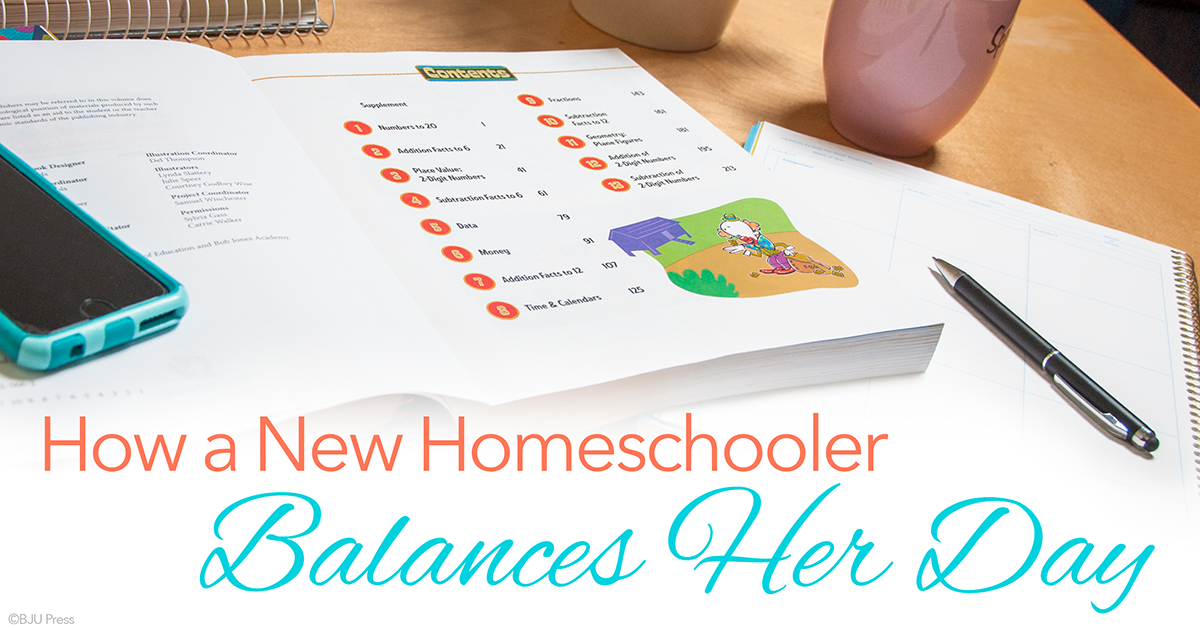
If you’re at the beginning of your homeschool journey, you might think of the serenity prayer often seen on magnets and signs: “God, grant me the serenity to accept the things I cannot change, courage to change the things I can, and the wisdom to know the difference.” Despite the flexibility of homeschooling, there are still some things that you cannot—or should not—change. In fact, here are five unchangeable elements that will shape your family’s homeschool journey. It’s important for you to be familiar with these elements at the outset because they will give you stability in the years to come.
1. State Regulations
All states have regulations for how children are educated, and most have specific rules concerning home education, ranging from low to high in restrictiveness. These regulations may seem like an imposition, but they’re intended to ensure the well-being of your children. The best way to follow your state’s regulations is to keep detailed and accurate records of the classes your children have taken and to regularly participate in achievement testing.
The Home School Legal Defense Association (HSLDA) offers a helpful summary of each state’s regulations for homeschooling. Knowing your state’s rules is a key first step for homeschooling. You don’t want to be taken by surprise by requirements, such as submitting test scores or academic records by a certain date.
2. Commitment
No parent just wakes up one morning and decides to start homeschooling. It’s a long and often difficult journey that involves many sacrifices. Carefully consider the reasons behind your decision to homeschool. Do you want to homeschool to more effectively disciple your children? Do you want to lay a solid foundation for a biblical worldview? Are you protecting your kids from bad influences? Do you want to make sure that they’re getting what they need academically? The factors you based your decision on drive the commitment you make to homeschooling. This commitment effects both the goals you set for your children and the curriculum you choose.
3. Joy
In a traditional school environment, much of the potential of learning gets lost. Everything is textbooks, tests, strict rules, lining up, raising your hand, and just ten more minutes until lunch. With one teacher to every ten to fifteen students, that rigidity is what keeps the school going. But at the end of the day, the joy of learning often gets lost in the humdrum moments. Learning should be fun because every day is packed with new ideas and new ways of looking at the world.
When it’s just you and your children learning together, you have the freedom and opportunity to bring out the joy of learning every time you find it. You can set the rules that are important to your family. This one-on-one experience with your children lets you chase learning wherever it may lead.
4. Homeschool Support System
Remember, you don’t have to do this alone. Every homeschooling group is a community of like-minded parents who are as committed to the homeschool calling as you are. These communities are digital, local, regional or state, and networks. Digital communities are groups of bloggers that offer quick answers to homeschool problems as well as numerous resources for parents. Local communities, or homeschool co-ops, give you a chance to join forces as you teach your children. Co-ops share the burden of teaching and planning field trips and give children a chance to develop healthy friendships outside the home.
Regional or state homeschool support organizations give families a place to turn to in navigating their journey. In addition to offering conventions and conferences, they keep track of state regulations on homeschooling, and some have consultants who work with families as they get started and can connect them to local co-ops. HSLDA functions as a countrywide support organization and maintains a list of state organizations on its website.
Another good option for getting some personalized support is connecting with a consultant from Homeworks by Precept, a nationwide network of independent curriculum consultants who have plenty of homeschooling experience. Establishing a relationship with a HomeWorks consultant could make your first few years of homeschooling much easier.
5. Time
Education takes time. Both you and your children will need to devote time to lessons and schoolwork. But that doesn’t mean you can’t homeschool if you’re a single parent or running a home business. How you use your time is still up to you. There are many different options available to busy homeschool parents that can work with the time they have available, such as self-paced video courses or online classes. Time-strapped parents will also appreciate a curriculum that includes as many supplemental resources and activities as they may want so that they won’t need to come up with these on their own. Knowing how much time you can devote to homeschooling will help you narrow down your curriculum options.
Eager to learn more about your homeschooling journey? Please sign up to receive our free eBook, A Guide to Homeschooling, to learn more about the road ahead of you. Be sure to fill out the homeschool preparation checklist at the end, and feel free to ask questions in the comments section below.

